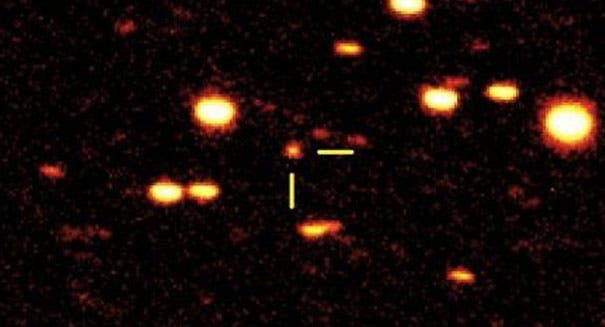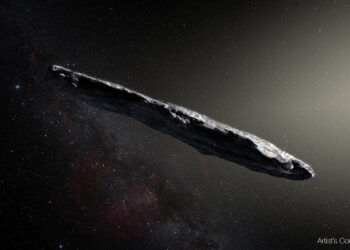
Discovered last year by Russian astronomers Vitaly Nevsky and Artyom Novichonok, the gigantic ISON comet is set to make its appearance later this year as it approaches the sun when it will become visible to the naked eye during the day, and as bright as a full moon during the night.
Astronomers estimate the comet will reach its ‘perihelion passage’ – the closest point to the sun on the comet’s passage – in late November and will appear in the Northern hemisphere sky. Scientists fave found similarities between the ISON coment and that of the Great comet in 1680, also known as ‘Kirch’s Comet’ or ‘Newton’s Comet’, when it was reported to be bright enough to be seen in the daytime. Astronomers are expecting something similar from ISON.
Estimates are very difficult to make, since there are a lot of factors at play. The ISON comet might, for instance, break up in multiple smaller pieces that would significantly dim its brightness during its approach to the sun. Still, scientists hope ice particles will vaporize in the comet’s body, resulting in the massive, bright tail.
Popular astronomy author Guy Ottewell said in his 2013 Astronomical Calendar that the comet resembles “…a lighted match at the sun’s edge,” during the day. “Using what formulas we can for magnitude, we have it reaching -12.6, the brightness of the full moon!”

Scientists have been able to track the origin of ISON to the Oort cloud, which is a bunch of frozen rock and ice which circles the sun at a distance which is 50,000 times larger than that of the Earth’s orbit or 1 light-year away. For those living in the Southern hemisphere, do not be too dishearten since you will still be able to enjoy Comet Pan-STARRS – a great astronomical event, thought maybe not as spectacular as ISON – which will be visible from January and reach its brightest in March.
UPDATE: video footage of the ISON comet passing through the solar system as captured by NASA’s Deep Impact spacracraft has been released.






